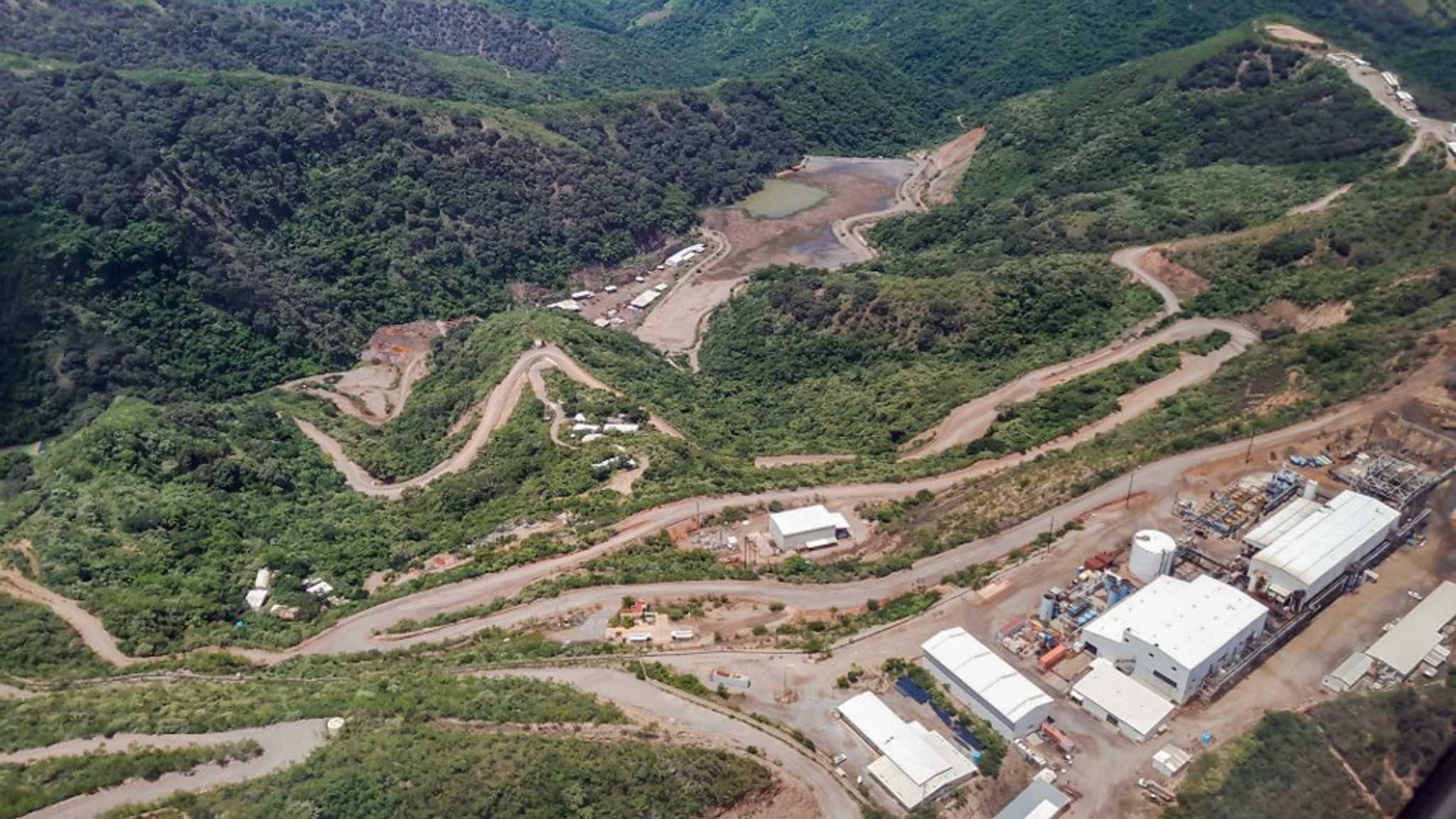The religion of gold
Inca One ramps up gold production in Peru.
India’s Trade Minister Nirmala Sitharaman recently announced that illegal gold seizures had jumped 30% in the previous year to $150 million. The World Gold Council (WGC) estimates that 175 tonnes of gold were smuggled into India last year, against total consumption of 842 tonnes.
While North Americans view gold as a contrarian investment vehicle, for Indians it is a religion. One in three Indians has a bank account. 70% of household savings in India are held in bullion.
The WGC also predicts that private sector demand for gold in China will increase 20% in the next two years from 1,132 tonnes to 1,350 tonnes.
Despite ravenous demand from the East, the spot price of gold remains volatile and the junior gold markets have been battered.
Who is currently making money in the gold markets?
Answer: The shareholders of Inca One (TSX-V:IO) – a Canadian-based company operating a gold milling facility in Peru servicing small-scale miners. The company is generating cash as it ramps up to full 100 tonne per day capacity.
“Inca One is not a traditional mining company,” explained President and CEO Edward Kelly in an exclusive interview with Financial Press, “We are an industrial manufacturing company, processing ore which generates immediate cash flow. So even in a difficult market, month over month, we remain profitable.”
Peru is one of the world’s top producers of gold, with a lot of production coming from artisanal miners who now need government-permitted milling facilities to process their ore.
“I live in two bubbles: Vancouver and Peru,” stated Kelly, “So it was very interesting to attend the PDAC conference recently and talk to investors, brokers and the CEO’s of other precious metal companies. The last year has been tough for many junior commodity companies, but meanwhile Inca’s One’s stock price has tripled – and that has created interest.”
At the PDAC, the success of Inca One stuck out like nugget of gold in pan of black earth. Kelly anticipates other companies announcing plans to build gold mills in Peru – either as a promotional exercise or because they have a genuine intention to do so.
“That’s good for Peru – they can use more mills,” states Kelly, “The fact is – our business model is not easy to build or copy – because it involves relationships based on trust with miners, metallurgists, labs, truckers, chemical companies, shippers, security firms and government agencies. That trust takes years to build.”
Inca One’s bottom line is only slightly affected by the price of gold.
“Since we don’t run seismic or drill or build mines, which don’t have hard extraction costs that could ever make us ‘sub-economic’,” explains Kelly, “With gold at $1,150 an ounce, at 1 oz per ton material we will keep roughly $400 and the miner takes $750. If gold fell to $900, we’d make about $325 on every ounce of gold. Still solidly profitable. And if gold goes to $2,000 there’s a $300 per ounce kicker.”
Kelly states that at certain times in the commodity cycle, investors seek leverage by drilling unexplored mineralised zones.
“But we are not in that kind of market right now,” affirmed Kelly, “Inca One has adapted by becoming an industrial precious metal company. The market has rewarded the shareholders who have stuck with us through the transition. When commodities recover – we’ll catch that wave as well.”
Inca One’s initial business plan forecast .5 ounces (15 grams) of gold per tonne. After initial tests, that was upgraded that to .7 ounce of gold be tonne. Currently, the ore has been averaging .9 ounces (27 grams) of gold per tonne.
Typically artisanal mining in Peru produces much higher grades than large open pit mines. Inca One’s customers operate small machinery, focussed on narrow veins of high grade ore which can stretch for kilometers.
“The small scale Peruvian miners know where the gold is,” stated Kelly, “They drill it and blast it. Anything under 6-8 grams of gold per tonne is considered waste rock. It’s not worth the cost to transport it and process it.”
Since Inca One’s customers can only afford to mine high grade ore, Inca One mill only receives extremely rich rock. From a manufacturing perspective, the modest scale-of-operation creates a chain of efficiency.
“We recently made improvements to our crushing circuit to eliminate bottle-necks and speed up the processing of the ore,” confirms Kelly, “Everything is on schedule to ramp up to 100 tonnes per day. And we have the working capital to increase our ore inventory.”
By the end of 2015 Kelly aims to have 1,500 tons per month of ore under contract. The contracted miners will get fast tracked at the mill and receive a small discount from the rate card. This would provide Inca One with a steady supply of product and allow the company to buy 1,500 tonnes a month on the open market, likely with even higher grades generating higher margins.
Dynacor Mines also has a gold ore-processing business in Peru. Its plant has maximum capacity of 250 tonnes per day. Dynacor’s share price has risen from .17 to $2.29 in the last 5 years – an increase of 1,340%. DNG’S current market cap is $83 million.
Inca One is currently trading at .25 with a market cap of $16.4 million.
Legal Disclaimer/Disclosure: This document is not and should not be construed as an offer to sell or the solicitation of an offer to purchase or subscribe for any investment. Financial Press makes no guarantee, representation or warranty and a fee has been paid for the production and distribution of this Report.
{{ commodity.name }}
{{ post.title }}
{{ post.date }}

Comments